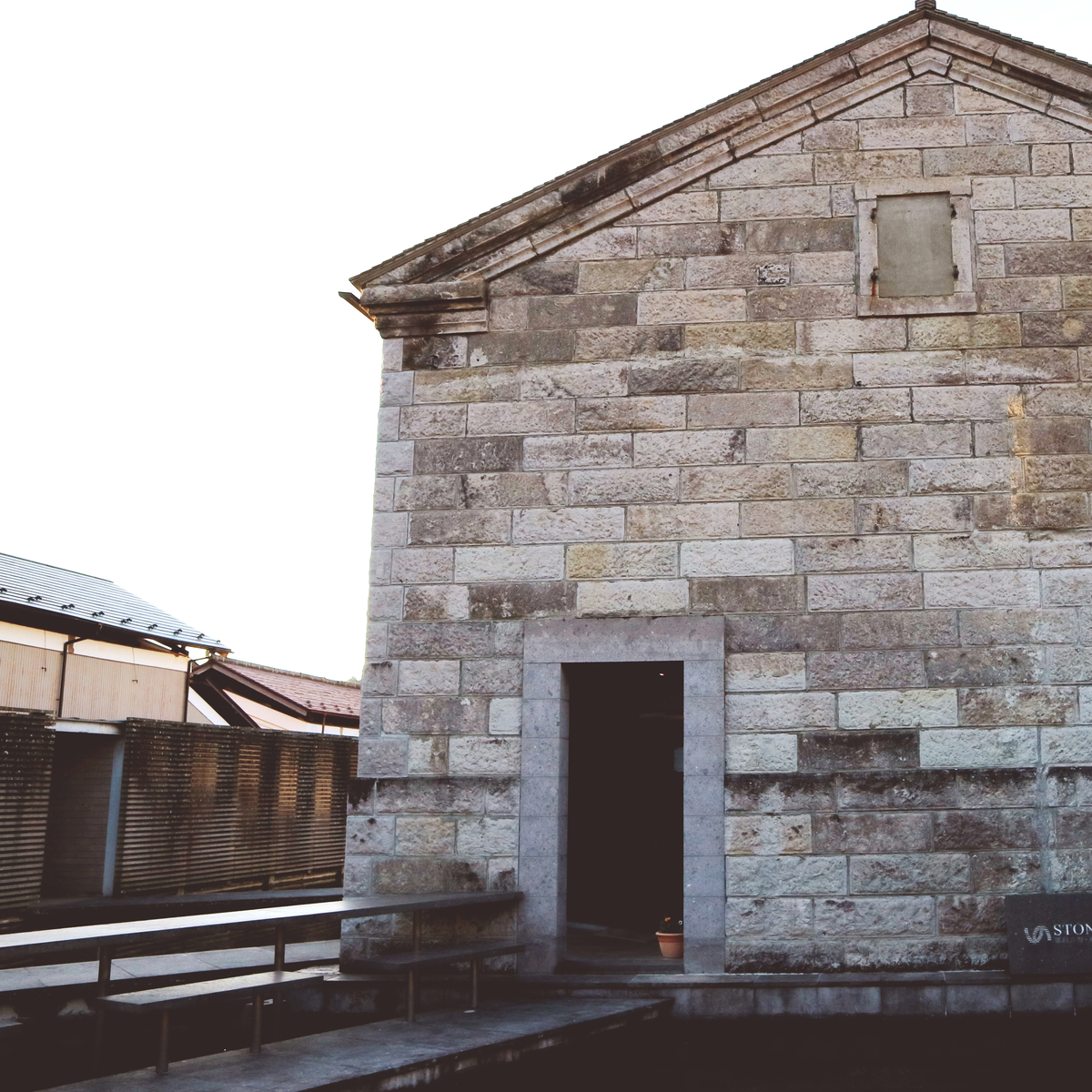UNIQLO TOKYO opened in June of this year. The fact that H&deM were involved in the design of this store as design architects has made it a hot topic in the architecture world as well. It seems to be the first time for H&deM to work on a UNIQLO store, and this is the first time for them to work in Japan since Prada and MIUMIU in Aoyama.

The operation on the existing building is simple: a four-story atrium is created through the slab, and glass surfaces are clad throughout the store. The design seems to be an attempt to break the conventional structure, which was divided into different floors, with simple operations. In addition, the beams exposed by the manipulation of opening the slab are sometimes mirrored, resulting in the experience of reflecting the other floors. This may be an unlikely experience. (I’d love to hear of any other instances where the beams are covered with mirrors.)

The existing beams and columns are now exposed, giving the entrance a sense of something different in the exterior, welcoming people like an arch. The way it coexists with the familiar exterior tiles gives a sense of intent to carry on the history of the building. Although this is the UNIQLO flagship store, the fact that the entire floor is not a UNIQLO store seems to have contributed to the shape of the building. The UNIQLO store is located on the fourth floor, and other tenants coexist on the floors above it. Instead of applying the UNIQLO design concept to the entire exterior of the building, the design is kept on two levels, which creates a clear difference between the UNIQLO store and the other tenants, and at the same time, the relationship between the tenants inside the building is positive. (More in relation to the program as an architecture than in terms of marketing or property management).

The cube-shaped logo is used throughout the brand, including the exterior. The cube-shaped logo is a new design for UNIQLO. The cubes at the entrance are digital signs. The cubes on the entrance are digital signs, and they show a variety of expressions. The attention to detail in these areas is impressive. The spinning signage is fun to look at and above all, it never gets old. It’s easy to renew your brand image and it’s easy to use in various ways. There are cubes all over the store, creating a unified image. These cubes don’t seem to be seen in other stores, and they may be creating a unique image for this store. I think UNIQLO TOKYO is trying to show that this store is different from the image of UNIQLO in some way. This is Japan’s largest store, and it is filled with the extraordinary desire to bring UNIQLO to the world from Ginza.



コメント